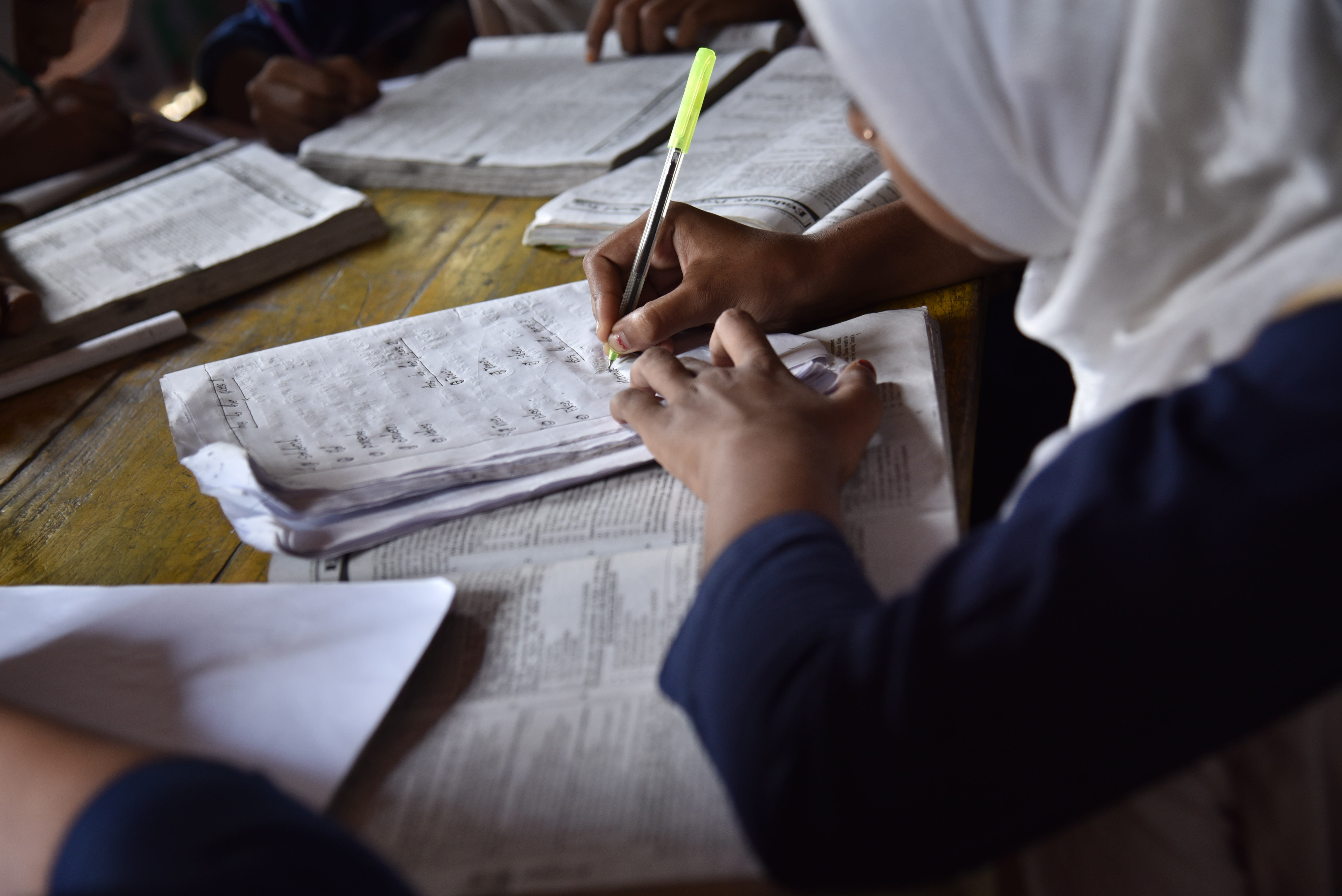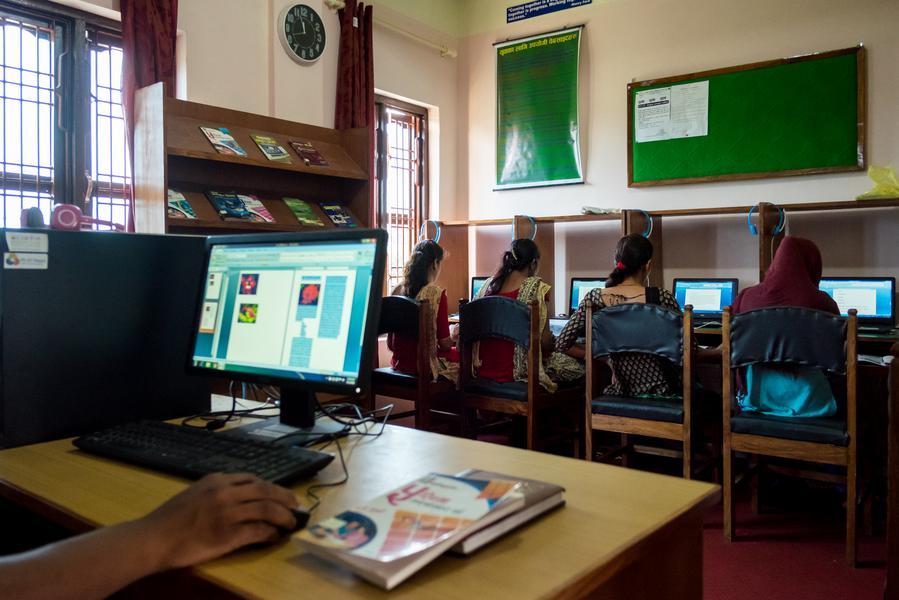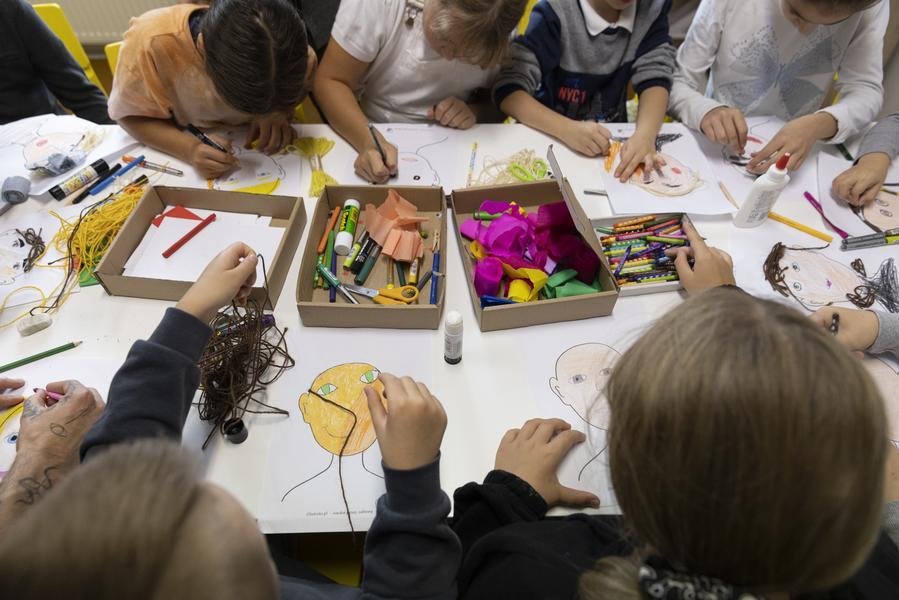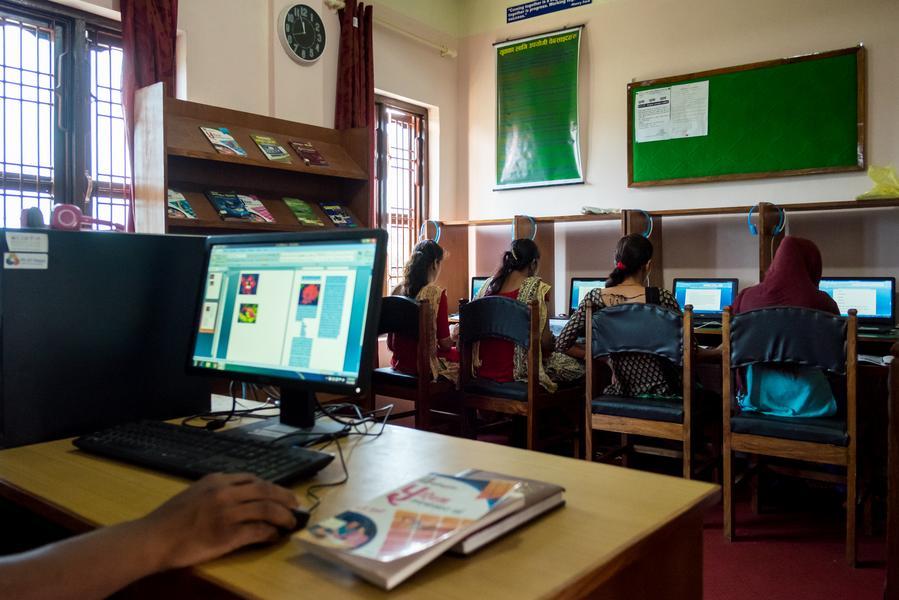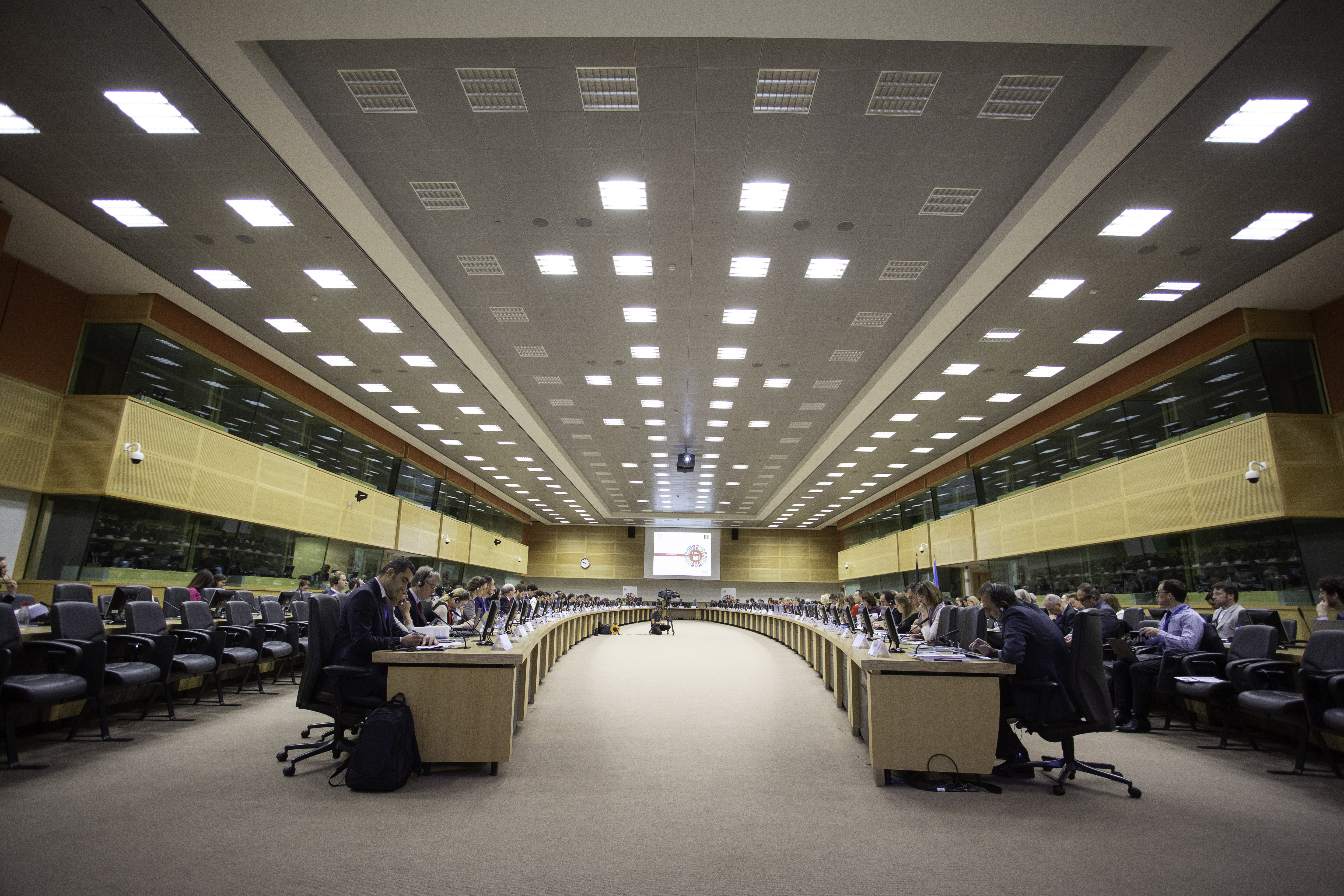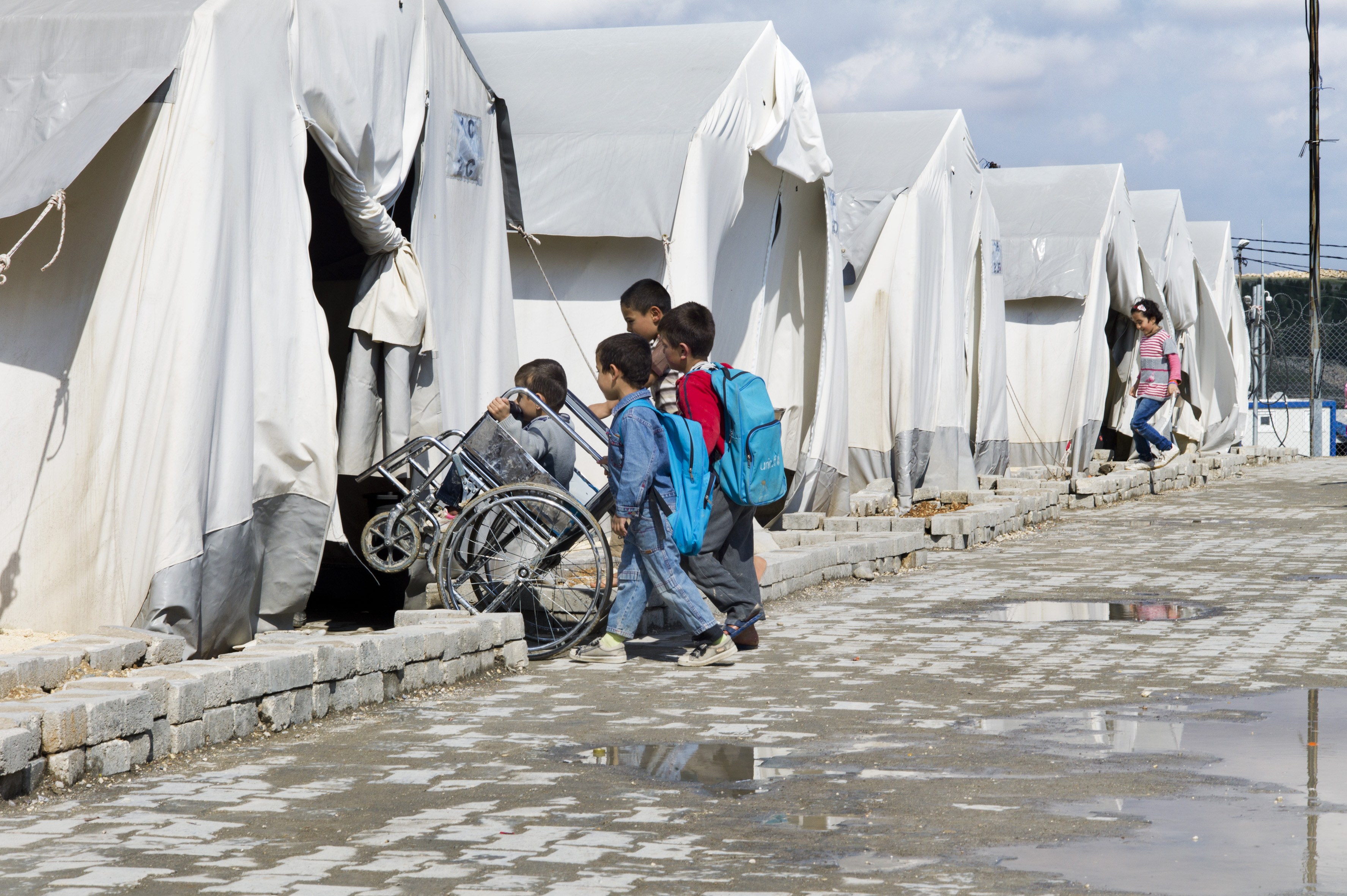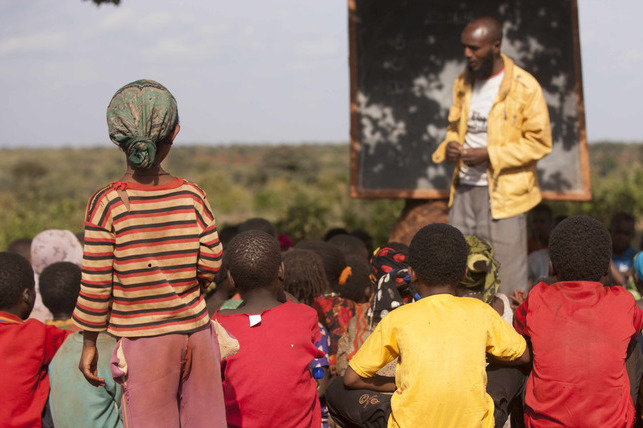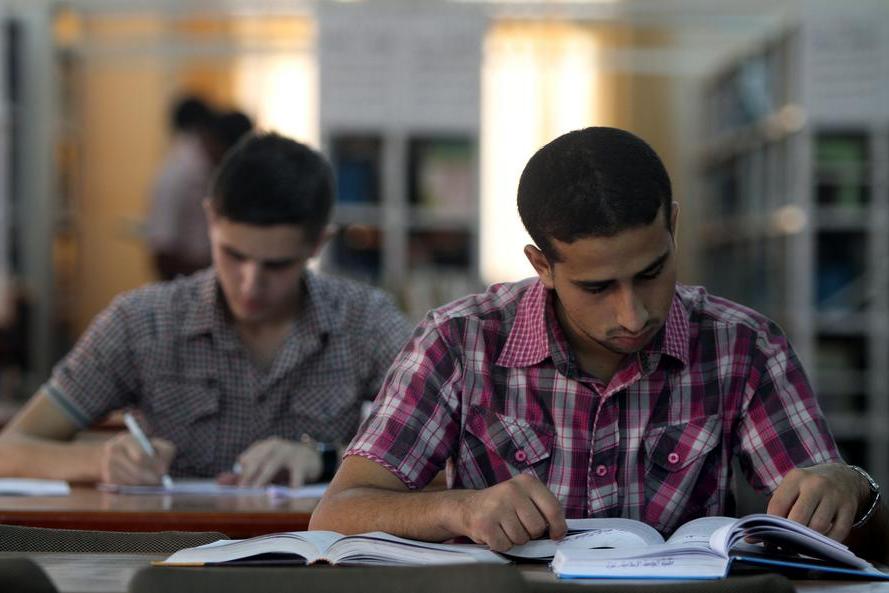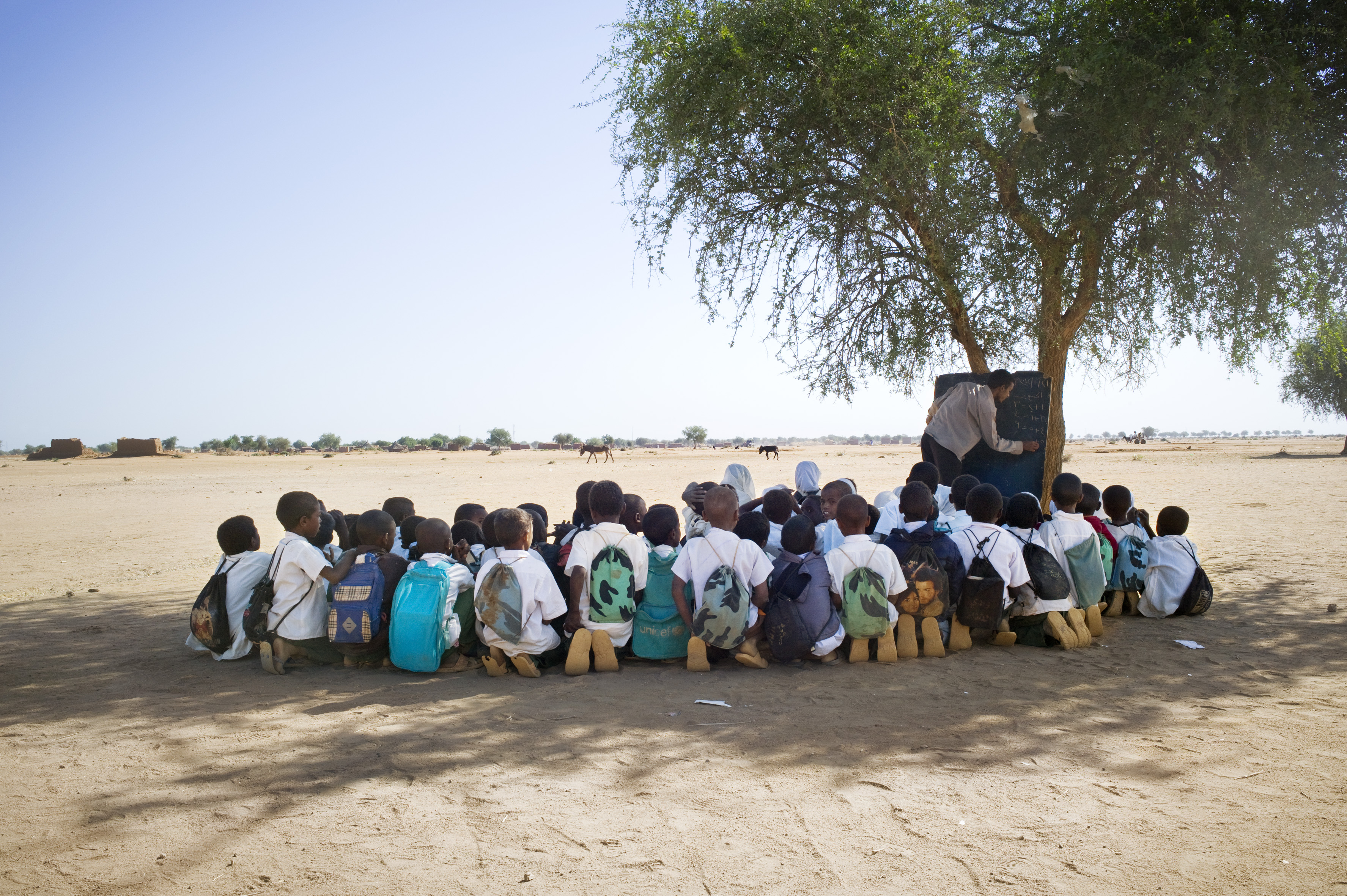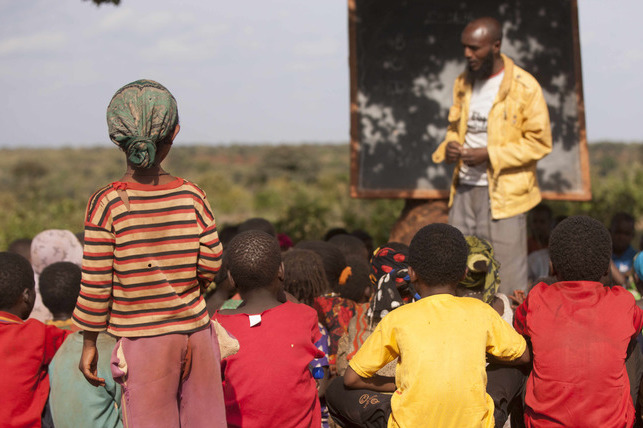
Policies
Hand in Hand’s Entrepreneurship Development Program
Context and Issue
Extreme poverty affects millions of people worldwide, leading to significant issues like child labor, health problems, educational gaps, and environmental challenges. These problems are often rooted in the economic marginalization of large populations in developing countries. During a visit to southern India in the early 2000s, Percy Barnevik witnessed a link between child labor and poverty (hand in hand, n.d.)
Solution
Recognizing that financial aid alone wasn't enough to tackle these deep-rooted problems, Percy Barnevik founded Hand in Hand in 2003 with Dr. Kalpana Sankar. They developed a livelihoods model aimed at empowering grassroots entrepreneurs, especially women, to build sustainable businesses. This model includes forming self-help groups for mutual support, providing business and skills training, facilitating access to finance, and supporting business expansion. The program uses a community-driven approach, with local experts delivering training and integrating financial services to support business growth. Success is measured by four key metrics: income increase, business survival rate, financial resilience, and women’s decision-making power. The program adapts to local contexts and is regularly assessed by a Monitoring, Evaluation, and Learning (MEL) team, with further validation through independent third-party evaluations.
Impact
The Hand in Hand program has made a significant impact on reducing poverty, particularly among women, by creating over 5 million businesses and improving the lives of nearly 20 million people globally. The program has achieved notable results, including an 84% improvement in women’s decision-making power, a 93% average increase in income, an 82% business survival rate after one year, and a 42% improvement in participants’ ability to withstand financial shocks without selling assets or incurring debt. For instance, in Nairobi, participants in the Kenya Micro-Enterprise Success Programme saw an average monthly income increase of USD $156. In Tanzania, women involved in a gender-focused initiative earned an additional USD $95 per month and increased their savings by 49%. The program also exceeded its goals in Afghanistan and Rwanda, demonstrating its effectiveness in promoting economic stability, gender equality, and community resilience.
Analysis
Despite its successes, the Hand in Hand program faces challenges, particularly in regions like Afghanistan, where safety concerns and difficult conditions make it hard for people to attend regular training sessions. Cultural norms and traditional gender roles can also slow progress, especially in areas resistant to women working or pursuing education. Nonetheless, the program has expanded and achieved its goals in various regions, including urban Nairobi, rural Tanzania, and the challenging environments of Afghanistan. The program's ability to adapt to different community needs, secure ongoing support, and collaborate effectively with local organizations indicates its potential for further expansion. However, continued growth will require ongoing flexibility, sufficient funding, and strong partnerships.

